
-
 Anglický jazyk
Anglický jazyk
Special relativity
Autor: Source: Wikipedia
Source: Wikipedia. Pages: 174. Chapters: Speed of light, Twin paradox, Lorentz transformation, Michelson-Morley experiment, List of relativistic equations, Mass-energy equivalence, History of special relativity, Lorentz ether theory, Introduction to special... Viac o knihe
Na objednávku, dodanie 2-4 týždne
34.02 €
bežná cena: 37.80 €
O knihe
Source: Wikipedia. Pages: 174. Chapters: Speed of light, Twin paradox, Lorentz transformation, Michelson-Morley experiment, List of relativistic equations, Mass-energy equivalence, History of special relativity, Lorentz ether theory, Introduction to special relativity, Lorentz group, Time dilation, Mass in special relativity, Gyrovector space, De Sitter invariant special relativity, Fourth dimension, Length contraction, Minkowski diagram, Covariant formulation of classical electromagnetism, Moving magnet and conductor problem, Velocity-addition formula, Variable speed of light, Relativistic heat conduction, Relativistic electromagnetism, Relativity of simultaneity, Cherenkov radiation, Minkowski space, Relativistic Doppler effect, Ladder paradox, Doubly-special relativity, Status of special relativity, Split-quaternion, Biquaternion, One-way speed of light, Lorentz covariance, Consequences of special relativity, Relativistic quantum chemistry, Klein-Gordon equation, Classical electromagnetism and special relativity, Emission theory, Olinto De Pretto, Observer, Inhomogeneous electromagnetic wave equation, Postulates of special relativity, Rapidity, Algebra of physical space, Thomas precession, Lorentz factor, Hafele-Keating experiment, Experiments of Rayleigh and Brace, Trouton-Rankine experiment, Superradiance, Sokolov-Ternov effect, Lorentz-Heaviside units, Test theories of special relativity, Ives-Stilwell experiment, Rietdijk-Putnam argument, Terrell rotation, Tachyonic antitelephone, Fock-Lorentz symmetry, Lorentz transformation under symmetric configuration, Static interpretation of time, Relativistic wave equations, Massless particle, Light-dragging effects, Kinetic momentum, Preferred frame, Kennedy-Thorndike experiment, Energy-momentum relation, Rest frame, Kith, Ultrarelativistic limit, Relativistic Euler equations, Relativistic aberration, Bondi k-calculus, Clock hypothesis, Propagation of light in non-inertial reference frames, Relative velocity, Relativistic particle, Born rigidity, Relativistic electron beam, Rossi-Hall experiment, Newtonian limit, Invariant interval, Lorentz interval, Relativistic speed, Beta. Excerpt: The history of special relativity consists of many theoretical results and empirical findings obtained by Albert Michelson, Hendrik Lorentz, Henri Poincaré and others. It culminated in the theory of special relativity proposed by Albert Einstein, and subsequent work of Max Planck, Hermann Minkowski and others. Although Isaac Newton based his theory on absolute space and time, he also adhered to the principle of relativity of Galileo Galilei. This stated that all observers who move uniformly relative to each other are equal and no absolute state of motion can be attributed to any observer. During the 19th century the aether theory was widely accepted, mostly in the form given by James Clerk Maxwell. According to Maxwell all optical and electrical phenomena propagate in a medium. Thus it seemed possible to determine absolute motion relative to the aether and therefore to disprove Galileo's Principle. The failure of any experiment to detect motion through the aether led Hendrik Lorentz in 1892 to develop a theory based on an immobile aether and the Lorentz transformation. Based on Lorentz's aether, Henri Poincaré in 1905 proposed the Relativity Principle as a general law of nature, including electrodynamics and gravitation. In the same year, Albert Einstein published what is now called Special Relativity (SR) -...
- Vydavateľstvo: Books LLC, Reference Series
- Rok vydania: 2022
- Formát: Paperback
- Rozmer: 246 x 189 mm
- Jazyk: Anglický jazyk
- ISBN: 9781156610374


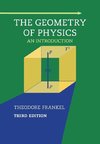
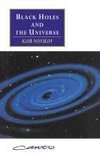
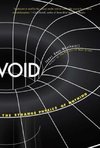
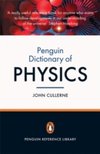


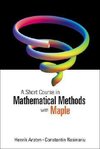
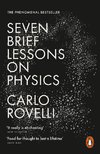
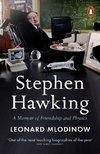

 Nemecký jazyk
Nemecký jazyk 